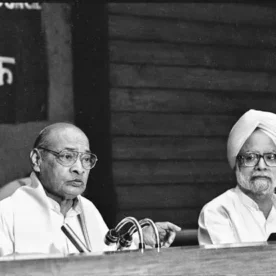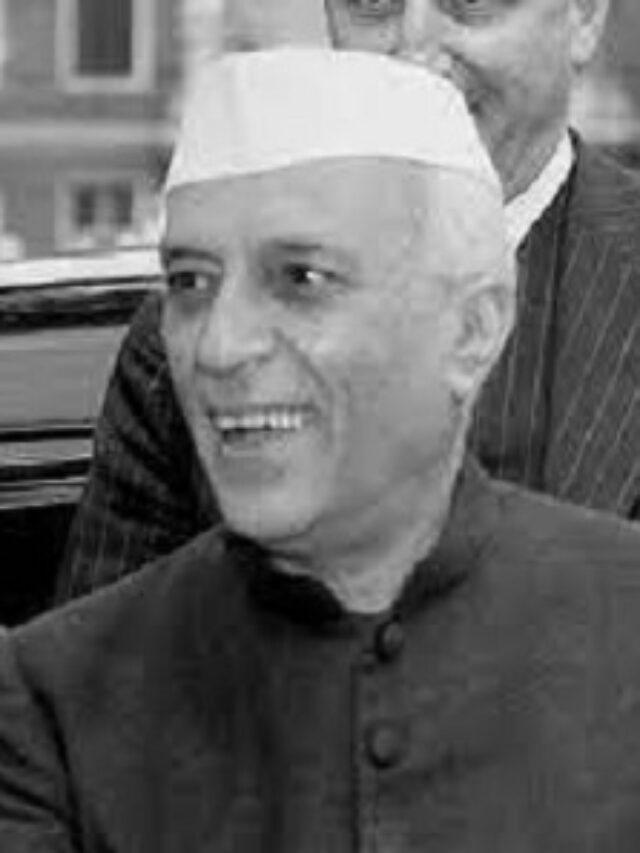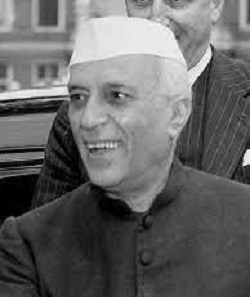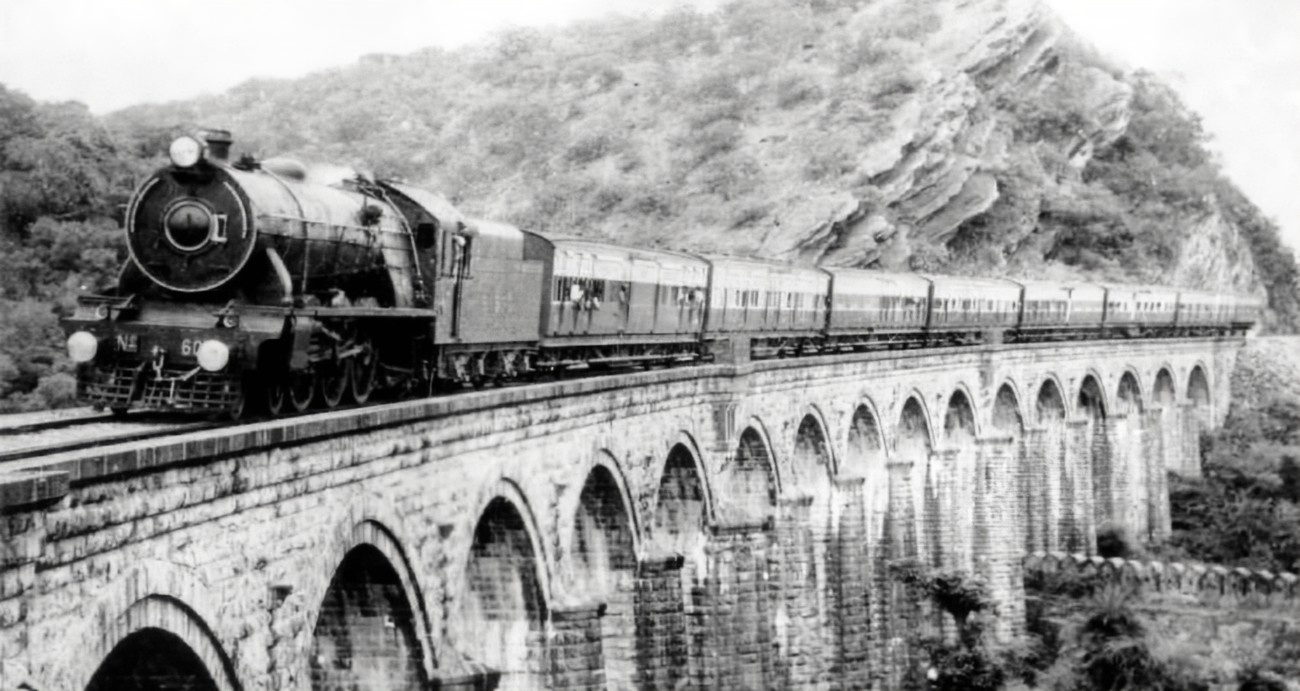CBSE Class 12 History Answer Key 2025 Paper Code 61/6/1 Free with explanation
CBSE Class 12 History Answer Key 2025 Paper Code 61/6/1 Hello Students, Welcome to your learning space. Today on 01.04.2025, CBSE conducted exam of History for class 12. So, we here again to your service. Let’s give you an idea about the correct answer of Multiple Choice Questions appeared in this paper. We are bringing […]
CBSE Class 12 History Answer Key 2025 Paper Code 61/6/1 Free with explanation Read More »









